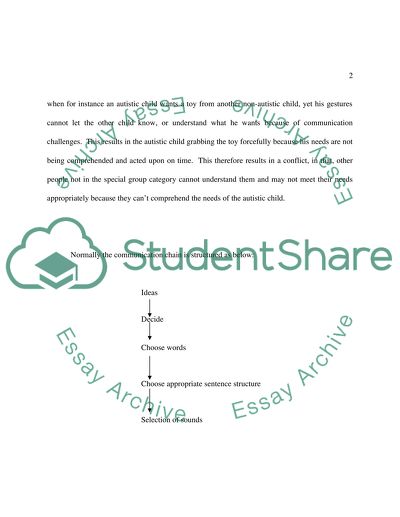Cite this document
(“Challenges In Communication Of Children With Special Learning Needs Case Study”, n.d.)
Challenges In Communication Of Children With Special Learning Needs Case Study. Retrieved from https://studentshare.org/sociology/1528710-communication-skills-essay
Challenges In Communication Of Children With Special Learning Needs Case Study. Retrieved from https://studentshare.org/sociology/1528710-communication-skills-essay
(Challenges In Communication Of Children With Special Learning Needs Case Study)
Challenges In Communication Of Children With Special Learning Needs Case Study. https://studentshare.org/sociology/1528710-communication-skills-essay.
Challenges In Communication Of Children With Special Learning Needs Case Study. https://studentshare.org/sociology/1528710-communication-skills-essay.
“Challenges In Communication Of Children With Special Learning Needs Case Study”, n.d. https://studentshare.org/sociology/1528710-communication-skills-essay.


